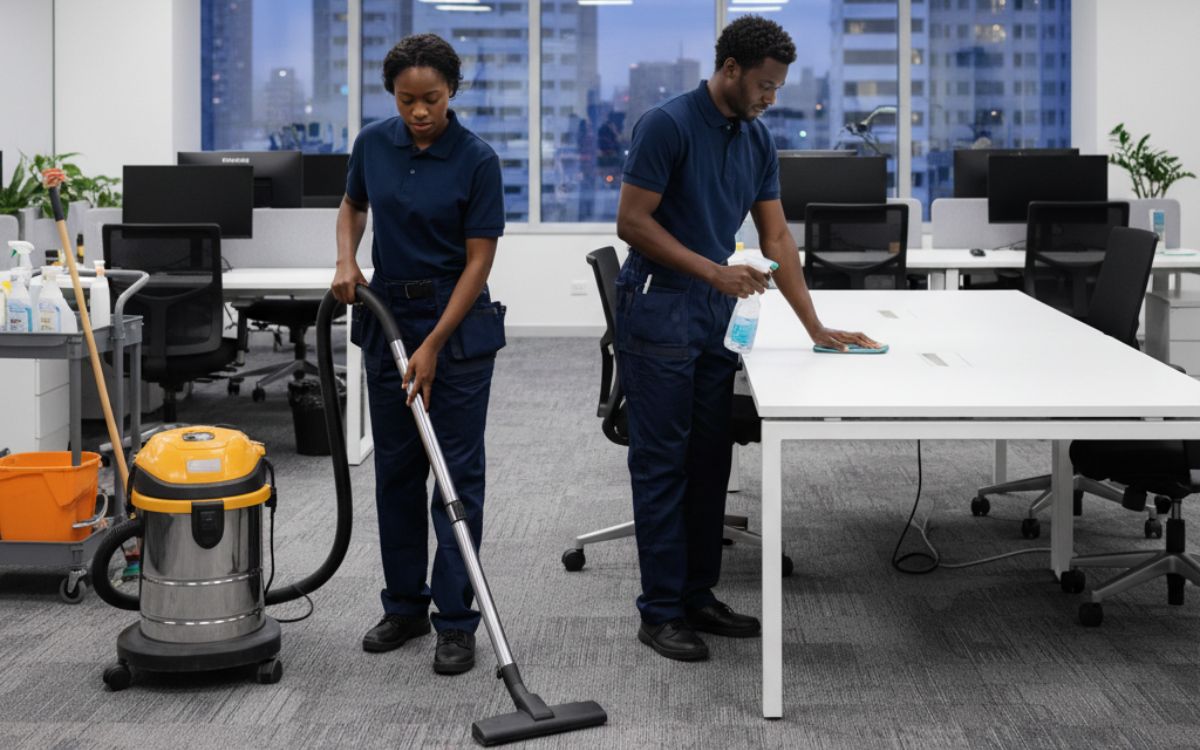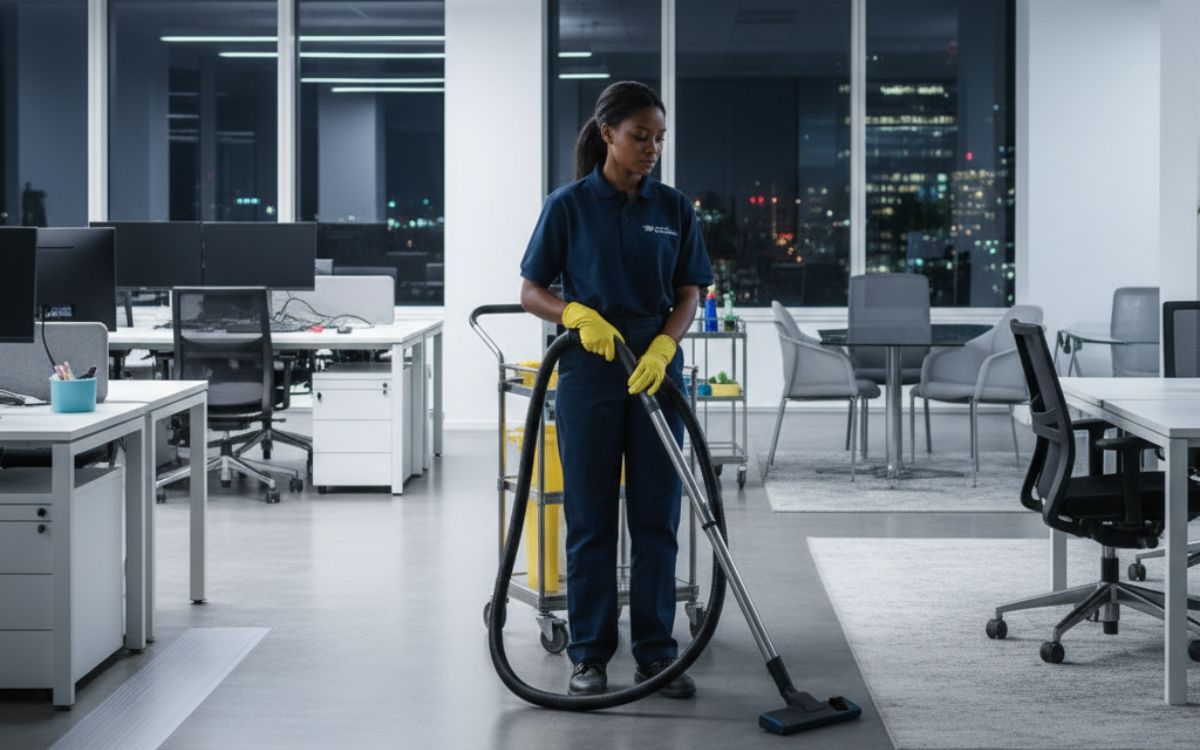For businesses in South Africa, adhering to specific facilities regulations is an important part of building a successful operation. The Occupational Health and Safety Act (OHSA) and its facilities regulations outline the minimum standards for a healthy and safe work environment.
Understanding and complying with these legal requirements is unfortunately not just a matter of ticking boxes. It is fundamental to creating a safe, hygienic, and ultimately more productive space for your staff.
This article will explain these regulations and provide a clear roadmap for achieving and maintaining compliance. Read on to get a full understanding of all that is involved in facilities management and regulation.
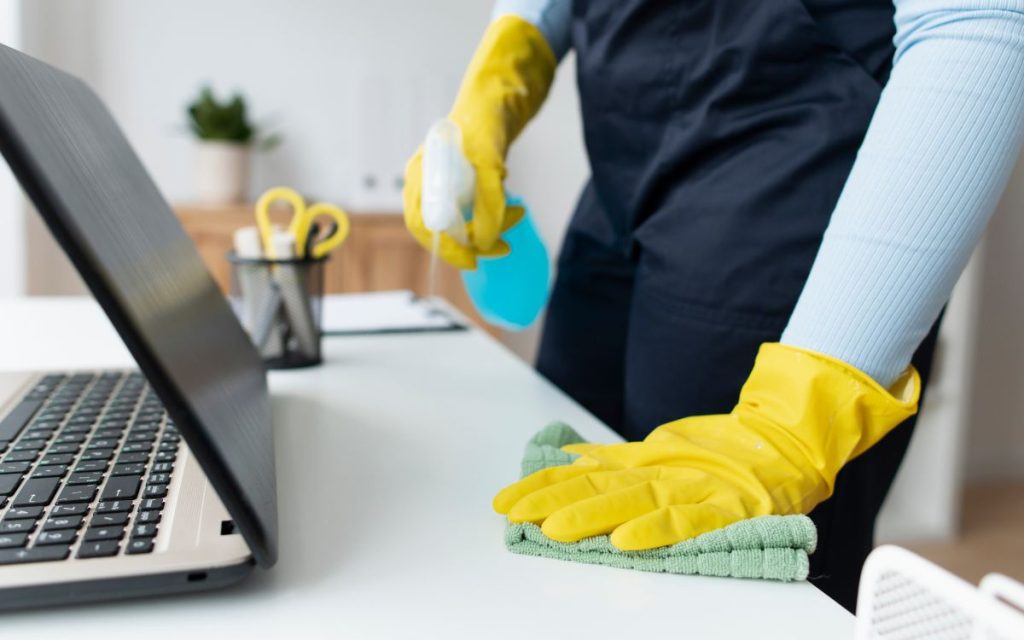
What are South Africa’s Facilities Regulations?
South Africa’s Facilities Regulations are a key part of the Occupational Health and Safety Act (OHSA), enforced by the Department of Employment and Labour. These regulations set minimum standards for employers to provide a safe and hygienic working environment for their employees.
Their purpose is to set the minimum standards for a wide range of workplace amenities and conditions. This includes everything from the number of toilets and washbasins to clean drinking water and proper changing rooms.
They also outline separate changing and dining rooms, especially for workers exposed to hazardous chemical or biological agents, to prevent contamination. The regulations also incorporate technical standards from the National Building Regulations and Building Standards Act for aspects like ventilation, drainage, and fire protection.
The main goal is to protect the health and safety of every employee by ensuring a clean, hygienic, and safe work environment. By complying with these workplace facilities standards, companies can avoid penalties and, more importantly, create a healthy and productive workplace for their staff.
Overview of South Africa’s Facilities Regulations
South Africa’s Facilities Regulation places a clear responsibility on employers to not only provide safe and hygienic working facilities but also to maintain them properly. This includes keeping all rooms and equipment clean, hygienic, and in good working order.
Think of it like a landlord’s responsibility to a tenant; the space must be safe and functional.
Requirements for Workplace Facilities
The regulations outline specific rules for 6 different areas in a workplace.
- Sanitary Facilities
Employers must provide enough toilets, washbasins, and, where necessary, showers for all employees. These facilities must be kept clean, hygienic, and in a good condition. They must also be stocked with essential supplies like toilet paper and soap at all times to prevent the spread of germs.
- Changing Rooms
For employees who need to change into or out of work clothes, such as those in manufacturing, hospitality or healthcare, employers must provide dedicated changing rooms.
These rooms must be kept clean and hygienic. The regulations also specify that where a worker’s clothes could get contaminated with dangerous substances, the changing rooms must be separate from dining areas.
- Drinking Water
Access to clean, cool, and safe drinking water is a basic requirement. Employers must provide a sufficient amount of water that is easily accessible to all employees throughout the workday. This is important for preventing dehydration and other health issues, especially in hot environments.
- Dining Areas
Where employees eat their meals, employers must provide a clean space that is separate from any work processes. This is to avoid contamination of food from dust or chemicals.
- Facilities for Safekeeping
The regulations require employers to provide secure and hygienic storage for employees’ personal belongings and work clothing. This includes lockers or cupboards. The aim is to prevent personal items from getting damaged or contaminated, and to ensure a tidy workspace.
- Specific Work Environments
Some workplaces have unique risks that require additional features. For example, consider a chemical manufacturing plant where employees handle hazardous materials. The health and safety regulations for facilities in this specific environment require extra provisions, such as dedicated decontamination showers and separate rooms for eating and changing. These measures are in place to prevent dangerous substances from being accidentally ingested or carried home on clothing.
The idea is to tailor the facilities to the specific dangers of the job for a high level of protection.
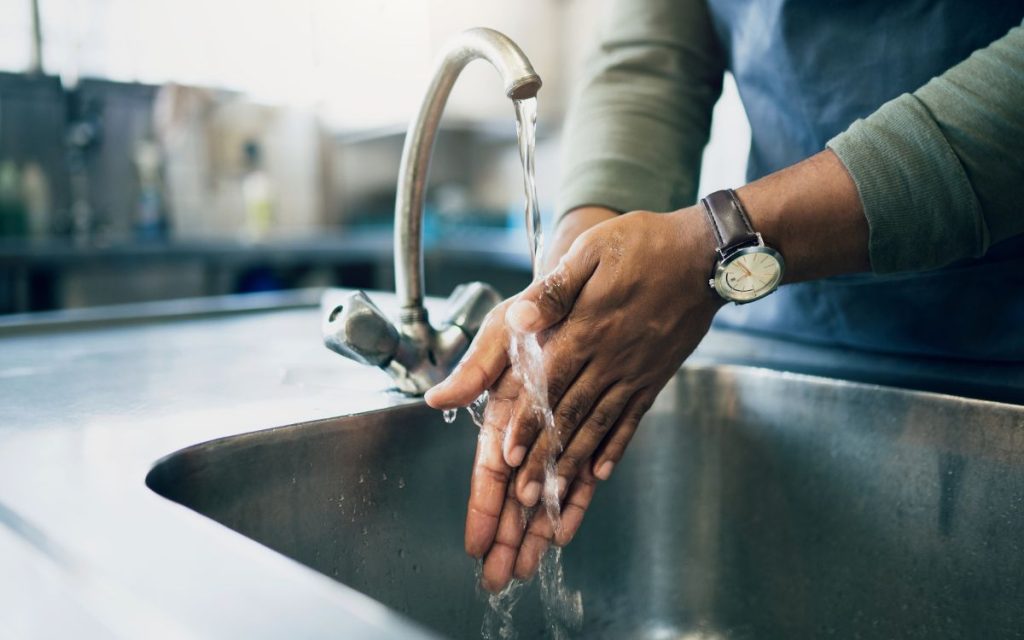
The Consequences of Non-Compliance
Failing to comply with workplace facilities standards can have significant negative effects on your business. Non-compliance can impact your company’s finances, reputation, and most importantly, your employees’ health and safety.
Risks and Penalties
The Department of Labour can issue fines for violations, and even legal action against a company. According to the OHSA, any person that violates the regulations in the act, will have to pay a fine or be imprisoned for no longer than 6 months. If the violation continues, an extra fine of R200 per day or additional imprisonment of one day will be imposed. This is as long as additional imprisonment is no longer than 90 days.
Failure to meet legal obligations can also damage your company’s reputation, making it difficult to attract and retain top talent.
Operational and Health Risks
Poorly maintained and unhygienic facilities are breeding grounds for germs, which can lead to staff illness and absenteeism. Neglecting sanitation guidelines and other standards can also increase the risk of workplace accidents.
A clean, well-maintained environment reduces these risks and shows your commitment to employee well-being. This, in turn, contributes to a more productive and healthy workforce.
Your Action Plan to Achieve and Maintain Compliance
Achieving and maintaining facilities compliance in South Africa is simple with a clear and structured plan. Follow these 3 simple steps to create a better environment for your team.
- Develop a Cleaning Plan
First, create a cleaning plan that addresses your facility’s specific needs. This plan should include equipment and cleaning products, as well as eco-friendly procedures.
Outsourcing your cleaning needs is an effective way to guarantee professional standards. A professional cleaning company provides the right personnel with the necessary skills and tools to complete the job properly and efficiently.
- Train Cleaning Staff
A skilled cleaning team is essential for a healthy workplace. Professional cleaning training is key, covering areas like proper sanitation, safe handling of equipment, and green cleaning methods. A well-trained team is the backbone of a clean and hygienic environment.
- Monitor Cleaning Quality
Regularly inspect your facilities to ensure consistently high standards. If you decide to use a professional cleaning service, remember to provide feedback so that your cleaning solution is always effective.
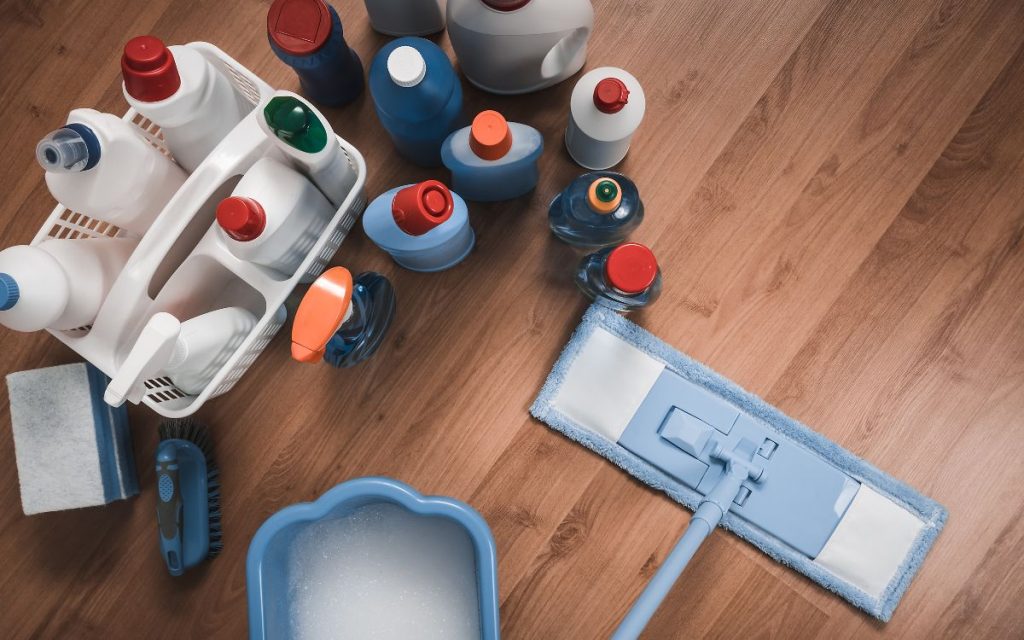
Choose The Path to Proactive Compliance
Facilities regulations are a framework for building a successful and sustainable business. Compliance is a legal necessity, but also a smart business choice that protects your employees, reputation, and bottom line. Assess your current plan and consider how a professional cleaning solution could benefit your operations. Contact us today for help navigating facilities regulations, or a cleaning plan so that your workplace is not just clean, but fully compliant.


